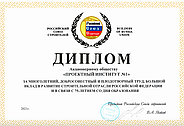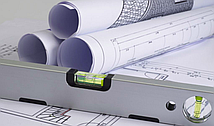- Home /
- Yakov Kreer
Yakov Kreer
Came to Project Development Institute № 1 as a recent graduate in 1964. Helped set up the engineering department, which designed heating, ventilation and air-conditioning systems. Moved up through the ranks to the post of chief engineer of the Institute, occupying this post from 1997 to 2014.

In the First Person:
After the war, industrial reconstruction of the country became one of the government’s top priorities. The reconstruction program included, among other measures, the creation of a number of large design institutes, which would work for industrial projects under the leadership of the USSR Committee for Construction. Project Development Institute No. 1, founded in 1946, was one such institution. Its goals were to develop urban construction documentation, territory planning solutions, land surveying projects, and construction projects using the technologies developed by various institutes subordinated to other ministries and departments.
The structure of the Institute allowed for the completion of a full range of construction design operations. The Institute consisted of several architecture and construction departments, a general planning department, engineering, accounting and economic departments, a special construction department (SCD), which worked on commission of the USSR Committee for Construction on standard construction elements (girder trusses, columns, basements for industrial buildings, etc.) and shells (spatial structures of buildings’ outer layers), and the department of automated design.
The Institute designed industrial buildings in more than 300 cities and towns of the USSR and eighteen foreign countries in the following industries: machine-building, shipbuilding, radio electronics, energy, chemicals, petrochemicals, instrument engineering, light and food industries, the paper and wood-processing industry, and agriculture. Other projects included large automobile plants and supermarkets.
Since 1964, the Institute has been a territorial project organization of the USSR State Committee for Construction in Leningrad, Leningrad Region, Pskov and Novgorod Regions. The Institute designed sixty-four industrial zones, which made it possible to rearrange industrial construction zones, improve the engineering support of various facilities and the state of the environment in residential districts.
I’d be particularly interested in talking about the Department of Engineering because I took active part in its creation. It was in that Department that I started my career after graduating from Construction Technical School No. 1. Back at that time, it was the Department for the Design of Heating, Ventilation and Air Conditioning Systems. According to tradition, young professionals were sent to the construction design division, and this was where I spent six years of my life until I graduated with a college degree from the Leningrad Institute of Construction Engineering. After that, I switched to design work and as I mastered the job, I climbed the career ladder, becoming in turn the head of the group, the chief specialist and the department head.
Since we needed to produce project documentation for all spheres of engineering and technological support and the ecology, we set up the Department of Comprehensive Engineering, which worked in cooperation with the General Planning Department, the Department of Construction and Architecture, without any subcontractors, to implement all project requirements as established by the Customer.
The Department employed experts in various fields. It was divided into sectors, each headed by the Chief Specialist in the respective area. The department had the following sectors: technology, heating, ventilation and air conditioning, water supply and sewerage, electrical supply, control and measuring equipment and automatics, communication and signalization, wastewater and natural water treatment, and ecology.
The department created an atmosphere of positive business communication and mutual assistance. I felt this atmosphere right away on the first day of my work at the Institute.
I remember thankfully all the wonderful staff members who allowed me and others to become real professionals and who were very generous in sharing their knowledge: Y.M. Mats, B.G. Jung, N.A. Lyakhovitskaya, B.M. Dobkin, E.I. Ozerova, V.N. Okuneva, A.N. Fedin, A.Ts. Rogachevsky, B.V. Drunin, Y.M. Fomin, V.A. Fedorov – this is just a partial list of the brilliant engineers in the Department of Heating, Ventilation and Air Conditioning that I and other young professionals learned from.
Many of them are gone now, but we still keep alive the traditions of high quality, conscientiousness, and responsibility that they passed on to their students.
I am very proud of the people in the Department of Comprehensive Engineering, who were working on complex projects during the difficult period of perestroika. They studied computer-assisted design and learned to do technical drawing on computers: F.Sh. Levin, Y.L. Talimonov, V.G. Terekhov, L.A. Nikanorova, S.V. Filimonov, V.E. Grischenko, A.D. Mahk, Y.A. Kiblik, O.L. Lebedeva, G.I. Genina, A.M. Khalyavsky, and others.
The successful work of the Department of Comprehensive Engineering depended on its close relationship with other subdivisions – the Institute’s departments of architecture and construction.
To this end, I’d like to mention the high-caliber specialists who worked at our Institute over the years:
- Architects S.A. Shteyrin, V.A. Neverov, R.R. Kyunnapu, V.A. Volkov, S.V. Dubrovsky, Y.F. Petrov, A.Z. Klyamer, V.E. Samusenko, M.O. Ovcharov, and others.
- Designers: A.V. Shapiro, R.A. Gershanok, Y.S. Baranov, P.I. Rivkin, A.V. Pekina, A.I. Fradkov, V.I. Yarotskaya.
After being appointed to the position of Chief Engineer of the Institute, I oversaw the work of a team of chief specialists of the Institute, who comprised the Chief Engineer’s Service Unit (CESU). They determined the technical policy and made sure that project products were of high quality: E.I. Glezerov, V.G. Roditelev, L.S. Edvabny, Y.L. Simonov, L.S. Kratirov, I.G. Savorovskaya, and others.
Unfortunately, I cannot name all the people who worked at the Institute over the past several decades, although they are all very worthy. Each of them helped build industrial, public and residential buildings and complexes. All of them are the pride and glory of Project Development Institute No. 1.
News
Institute projects
-
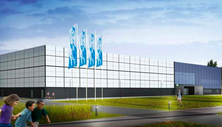
SPORT AND RECREATION CENTRE, MAYSKYI, BELGOROD AREA, RUSSIAN FEDERATION
-
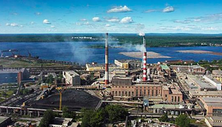
KONDOPOGA PULP&PAPER MILL, KARELIA REGION, RUSSIAN FEDERATION
-
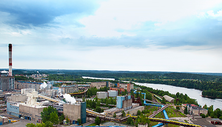
SVYATOGORSK PULP&PAPER MILL, LENINGRAD REGION, RUSSIAN FEDERATION
-
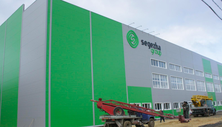
SEGEZHA PULP&PAPER MILL, KARELIA REGION, RUSSIAN FEDERATION
-
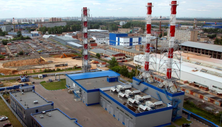
OLGINO HEAT&POWER PLANT, BALASHIKHA, MOSCOW REGION, RUSSIAN FEDERATION
-
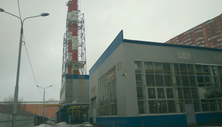
KRASNOSELSKAYA NO.6 BOILER HOUSE, TORIKI AREA, ST.PETERSBURG
-
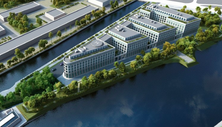
SEA RESIDENCE OFFICE COMPLEX, ST.PETERSURG
-
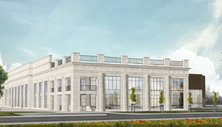
MULTIPURPOSE CENTRE WITH SKATING AREA, ASTRAKHAN, RUSSIAN FEDERATION
-
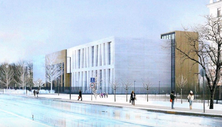
SECONDARY SCHOOL AT KRESTOVSKY ISLAND, ST. PETERSBURG
-
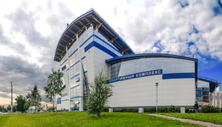
SPORT AND RECREATION CENTER AT TIKHVIN, LENINGRAD REGION, RUSSIAN FEDERATION
-
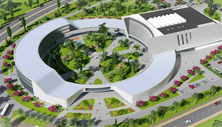
INTERNATIONAL CENTRE OF RHYTHMIC GYMNASTICS, SOCHI, RUSSIAN FEDERATION
-
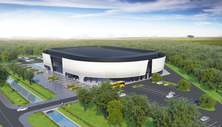
ICE PALACE, TULA CITY, RUSSIAN FEDERATION
-
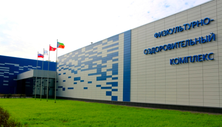
SPORT AND RECREATION CENTRE AT KLINTSY, BRYANSK AREA, RUSSIAN FEDERATION
-
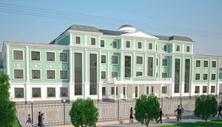
SECONDARY SCHOOL WITH SPORT FACILITIES AT BISHKEK, REPUBLIC OF KYRGYZSTAN
-
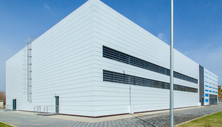
SPORT AND RECREATION CENTRE AT KYZYL-KIYA, REPUBLIC OF KYRGYZSTAN
-
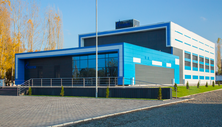
SPORT AND RECREATION CENTRE AT OSH, REPUBLIC OF KYRGYZSTAN
-
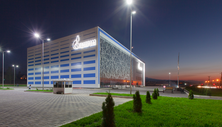
SPORT AND RECREATION CENTRE AT BISHKEK, REPUBLIC OF KYRGYZSTAN
-
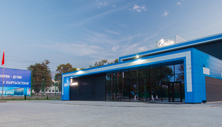
SPORT AND RECREATION CENTRE AT ARASHAN, CHUYSKAYA AREA, REPUBLIC OF KYRGYZSTAN
-
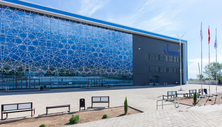
SPORT AND RECREATION CENTRE AT BAKTUU-DOLONOTU, ISSYK-KUL AREA, REPUBLIC OF KYRGYZSTAN
-
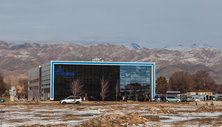
SPORT AND RECREATION CENTRE AT TALAS, REPUBLIC OF KYRGYZSTAN
-
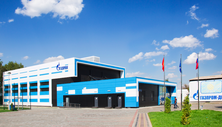
SPORT AND RECREATION CENTRE AT KARA-SUU, OSH AREA, REPUBLIC OF KYRGYZSTAN
-
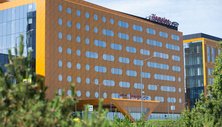
Hampton by Hilton Saint-Petersburg ExpoForum Hotel
-
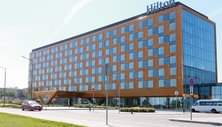
Hilton Saint-Petersburg ExpoForum Hotel
-
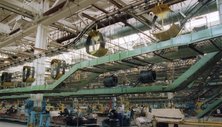
Belshina Belorussian industrial tire complex
-
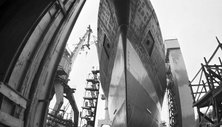
Nikolaev shipbuilding plant
-
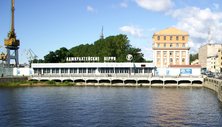
Admiralty plant
-
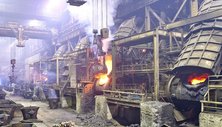
Norilsk mining-and-metallurgical integrated works
-
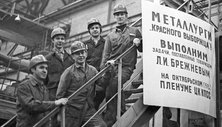
Krasny Vyborjets plant
-
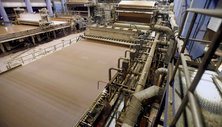
Arkhangelsk self-contained paper mill
-
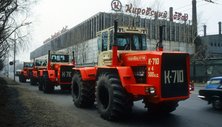
Kirov Plant
-
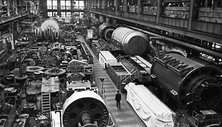
Electrosila
-
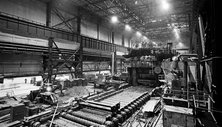
Izhorsky plant
-
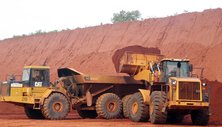
Katoka mining society
-
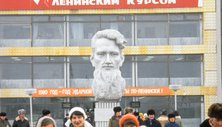
Atommash
-
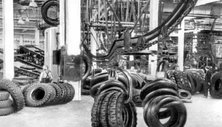
Dnepropetrovsk tyre plant
-
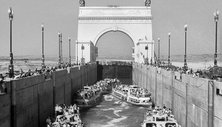
Sluices of the Volga-Don channel
-
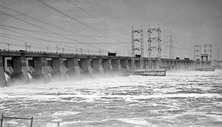
Volzhskaya hydroelectric power station
-
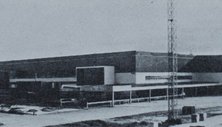
Shipyard in Loksa City, Estonia
-
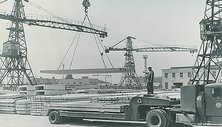
Leningrad reinforced-concrete plant No. 5
-
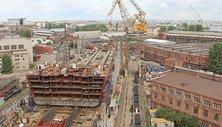
Baltic plant, Leningrad
-
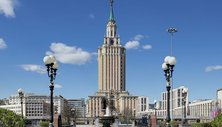
Leningradskaya Hotel
-
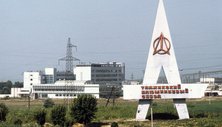
Tajik aluminum plant
-
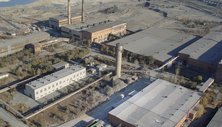
Gai ore mining and processing industrial complex
-
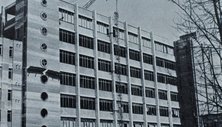
Labor banner plant named after Lepse
-
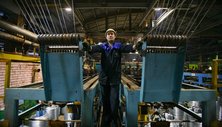
Cherepovets steel-rolling works
-
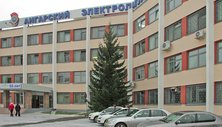
Angarsk electrolysis chemical industrial complex
-
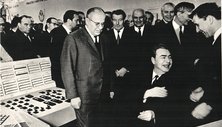
Vibrator plant
-
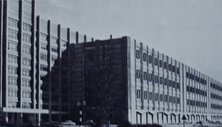
Neva furniture industrial complex
-
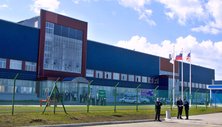
Ford auto-assembly plant
-
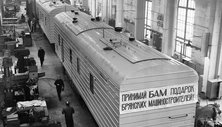
Bryansk machine-engineering plant
-
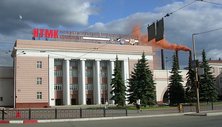
Nizhnetagilsky metallurgical industrial complex

